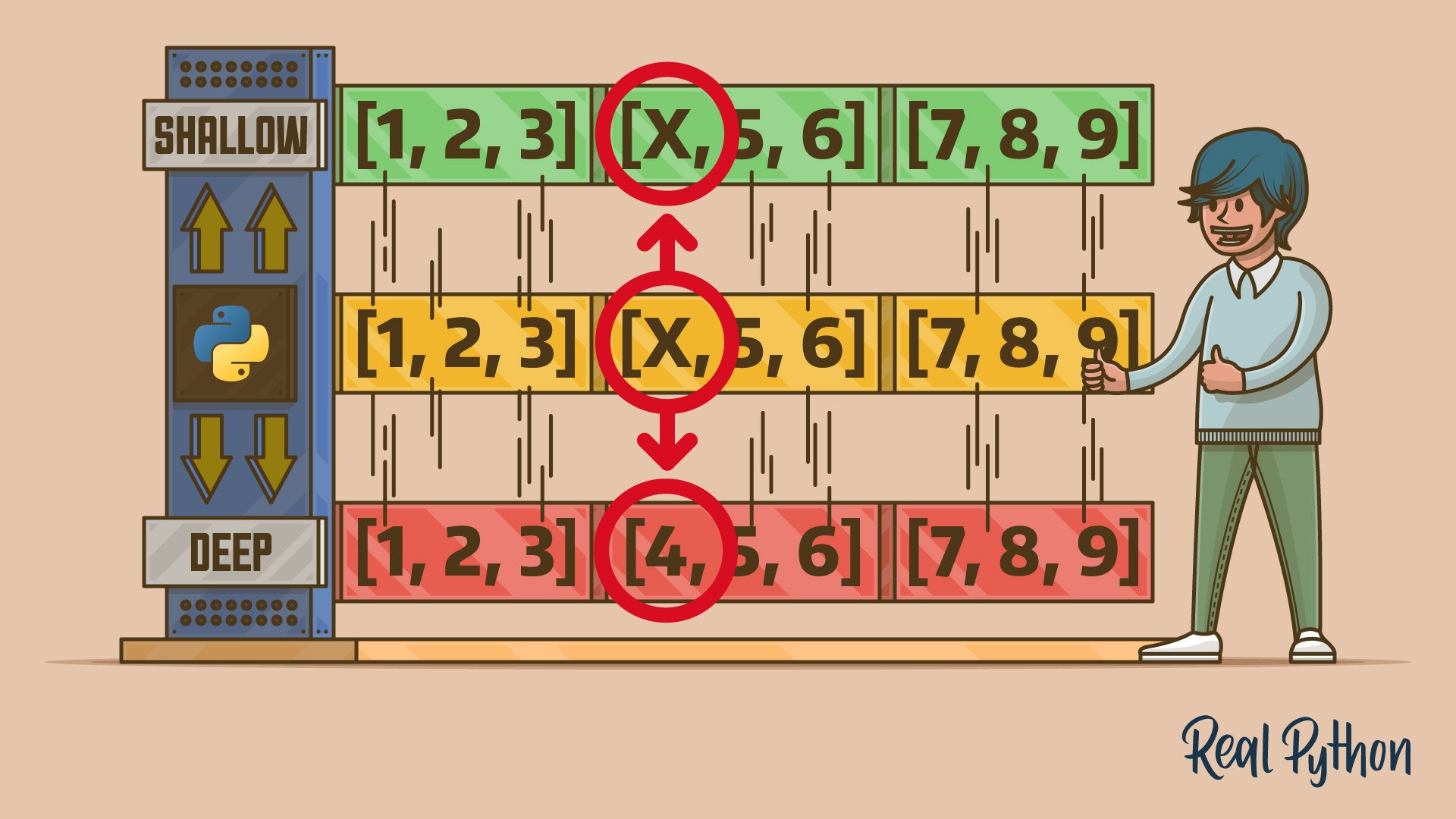
"Copying an object allows for its independent modification, essential in scenarios where data integrity is crucial, such as managing sensitive information like bank account balances."
"In complex data environments, like 3D graphics, duplicating objects enables non-destructive editing, providing multiple snapshots for transformations without altering the original data."
"Understanding the distinction between scalar and composite data types is foundational for effective object copying in Python, since it influences how objects are managed in memory."
"Through the copy module in Python, developers can implement shallow and deep copies, giving them the flexibility needed to manipulate objects according to specific program requirements."
The article explores Python's copy module, emphasizing the importance of shallow and deep copying of objects for effective data management. Copying objects enables independent modifications, crucial for maintaining data integrity, especially for sensitive information like bank balances. It discusses the differentiation between scalar and composite types, outlining how this classification impacts memory management. The content also highlights practical applications, such as duplication in 3D graphics for animations, allowing for non-destructive transformations. Overall, understanding the nuances of object copying in Python is essential for handling mutable data structures safely within programming.
Read at Realpython
Unable to calculate read time
Collection
[
|
...
]